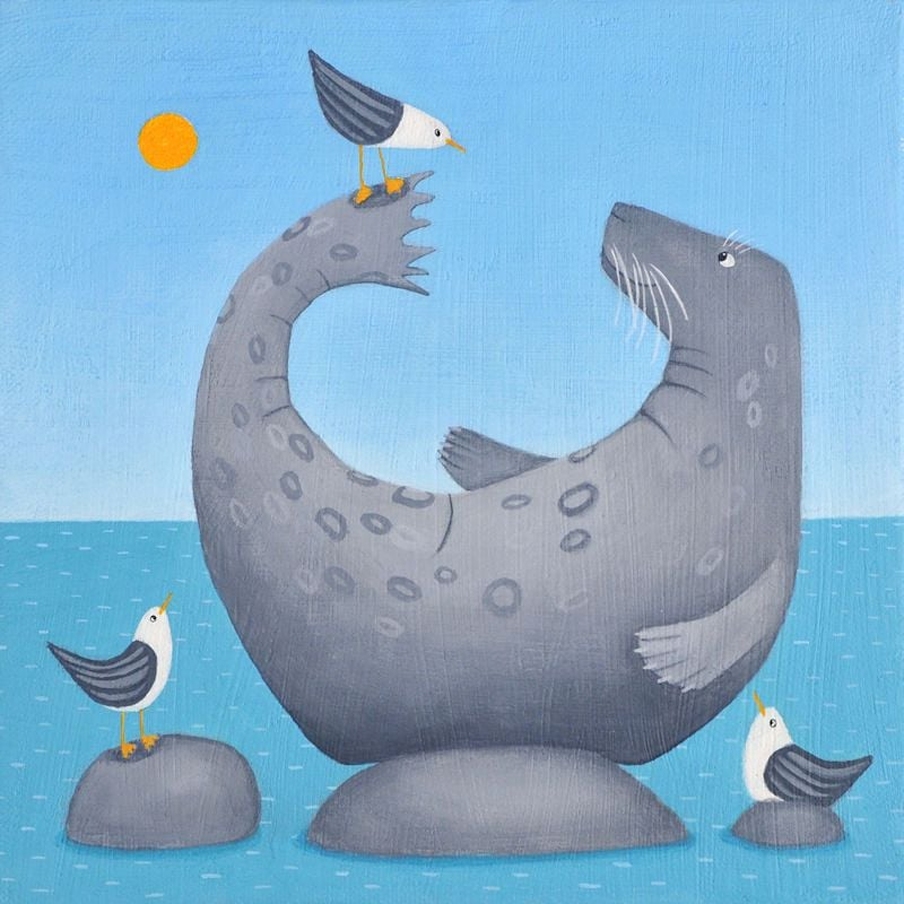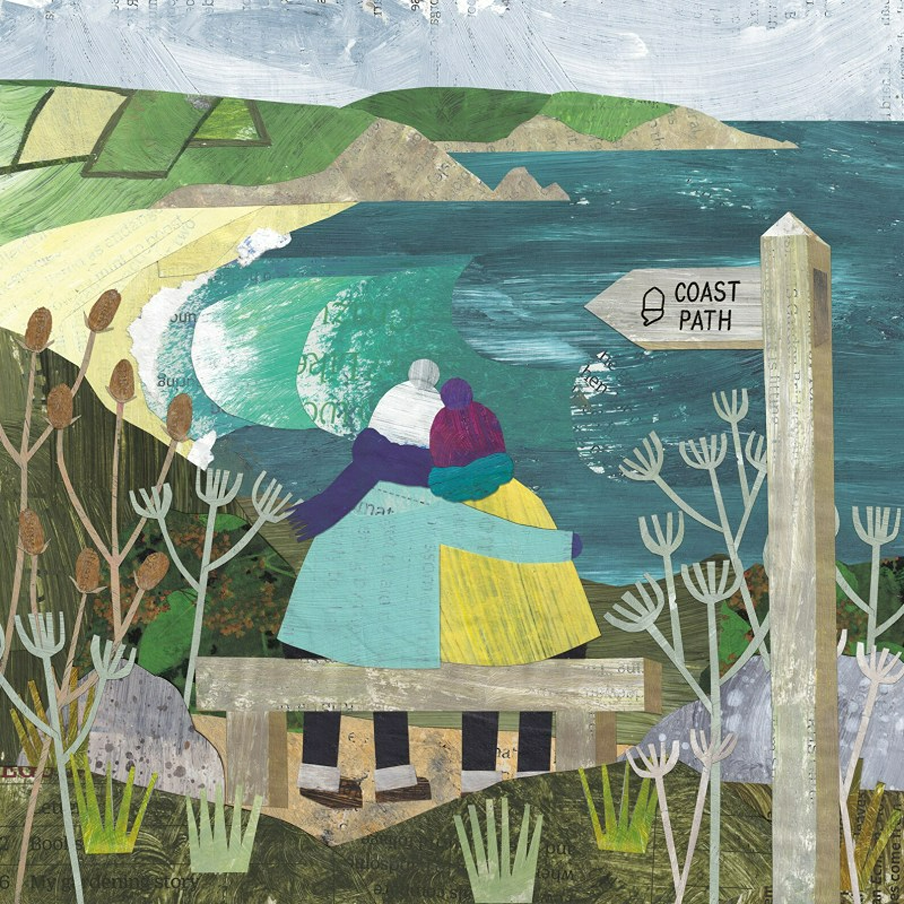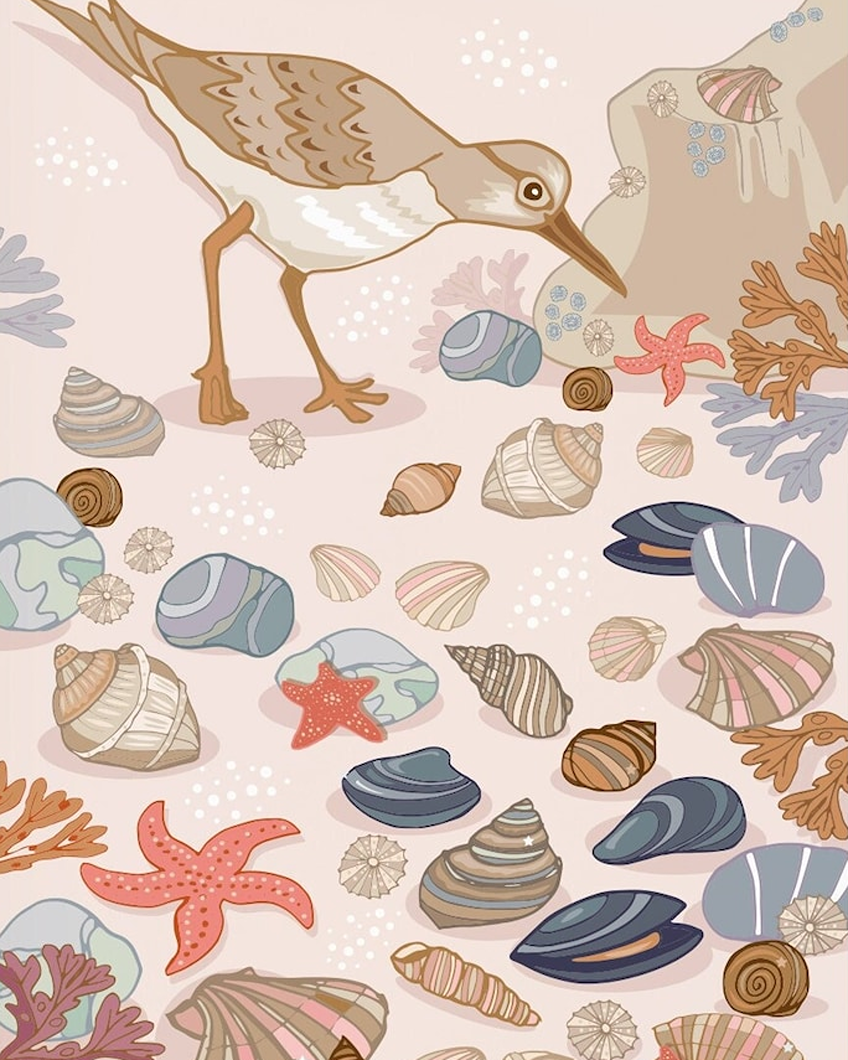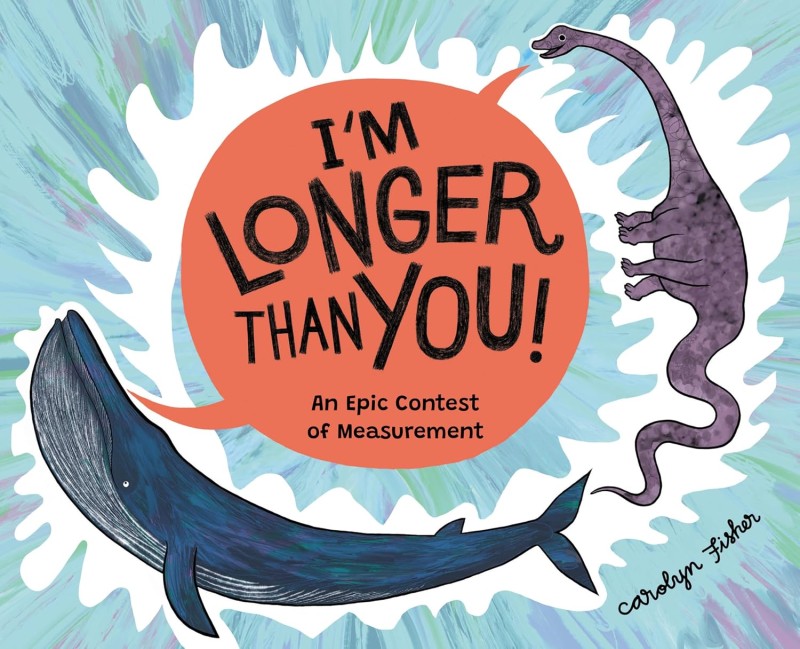Farne Islands: England’s Marine Wildlife Haven

The Farne Islands are located just off the town of Seahouses, on the Northumbrian coast. People can take boats to view (from afar) what is Sir David Attenborough’s favourite wildlife-watching spot in England. But mostly nobody other than wildlife rangers are allowed on the island, to monitor populations and keep habitats safe.
The Farne islands are home to around 43,000 pairs of puffins during breeding season, and hosts England’s largest breeding colonies for Atlantic grey seals.
Along with being one of Europe’s most important seabird sanctuaries, with over 200,000 breeding pairs from over 20 species (including Arctic terns, guillemots, razorbills, and eider ducks.
Dogs (including assistance dogs) are not allowed on the Farne Islands, due to wildlife. A few ferry owners may let dogs stay with them, if you visit. Or enjoy local dog-friendly beaches (check for seasonal restrictions). Read more on keeping dogs safe by the seaside.
Home to Three Lighthouses
There are three lighthouses on the Farne Islands. Longstone Lighthouse is linked to the rescue by Grace Darling and her father Robert in 1838 (rowing out to save shipwreck survivors, in rough seas).
A Home for Hermit Saints
St Cuthbert was ‘the first environmental saint’ who campaigned for eider duck welfare. Legend has that otters would dry his skin with their fur, after he had gone for a swim!
Many monks lived here in the days of hermits, often not seeing other people for years.
Nearby Smaller Islands

Less well-known is nearby Staple Island, which is a small rocky skerry on Outer Farne, also an important wildlife haven for birds and seals. This is not visited much by humans, due to Gun Reef (a dangerous ridge of rocks that extends from the southwestern point).
Coquet Island, a mile off Amble, is a haven for some of Britain’s rarest birds including roseate terns, sandwich terns, puffins and eiders. The RSPB manages the island as a nature reserve, using solar-powered cameras and remote monitoring to keep the birds safe.





